Fostering a More Sustainable Future
RMHC has long been known for its dedication to supporting families throughout their child’s healthcare journey. And with more than 685 programs in 62 countries and regions, our impact is astounding. In addition to providing comfortable family-centered spaces for families to be together, we are also committed to making those spaces more sustainable for generations to come.
In fact, RMHC incorporates sustainable design principles and features in 100% of all new construction, including 15 new programs that were added in 2023.
Our ambitious commitment to the environment stretches across four key pillars—sustainable facility design and operation, energy, water, and waste/materials management—each initiative selected for improved comfort of guest families, minimized impact on the environment and ease-of-maintenance to ensure that RMHC programs remain available to serve families.
Sustainable Facility Design and Operations: With a wide variety of facilities covering a range of climates and cultures around the globe, RMHC program designs employ many sustainable design features, including maximizing solar exposure for solar photovoltaic panels, solar thermal hot water, optimizing natural daylight and ventilation, and selecting eco-friendly, low-emitting materials and high-efficiency appliances and equipment.
Energy: Reducing energy use through energy-efficient appliances, equipment and lighting and transitioning to renewable energy sources help minimize our environmental footprint. These sustainable energy strategies can be leveraged to improve our resilience, enabling uninterrupted mission delivery even during power outages or disruptions.
Water: RMHC programs use water resources wisely by selecting water-efficient appliances and fixtures, collecting rainwater and landscaping with native, drought-tolerant plants.
Waste / Materials Management: There are many ways that RMHC Chapters optimize resource use and minimize waste. These strategies span a wide range of best practices from responsive meal planning to reduce food waste; to responsible procurement for right-sizing purchases and selecting eco-friendly products with lower toxicity and minimal packaging; to repurposing existing buildings to eliminate construction waste and leverage energy and resources already embedded in those structures.
See it in action: The Ronald McDonald House in Puebla, Mexico takes a comprehensive approach to sustainable facility design and operations. Their sustainable design best practices encompass an onsite orchard for fresh fruits and connection to nature, traditional conservation measures, for example the pilas de agua (stone washing basins for laundry), that offer cultural connection and energy efficiency, as well as natural daylight and ventilation. Using a $10K grant from the U.N. Women's Guild for their sustainability commitment, RMHC Mexico financed solar thermal water heaters to reduce their energy use and greenhouse gas emissions, which in turn, reduced their annual energy costs by 80%

See it in action: The Ronald McDonald House in Puerto Rico has incorporated sustainable energy strategies including solar panels on the roof to supply renewable energy and charge batteries that provide power, even during disruptions to the power grid, along with three solar thermal installations that supply all heated water.
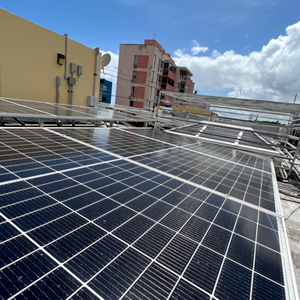
See it in action: The Ronald McDonald House in Southampton, UK has implemented creative use of space and water conservation to provide outdoor garden access for families. Since the property is in a high-density urban area adjacent to the hospital, roof gardens provide families with a connection to nature and a peaceful space of respite. The roof garden is irrigated using a rainwater collection system. Throughout the House, water-efficient fixtures and appliances further reduce water consumption.
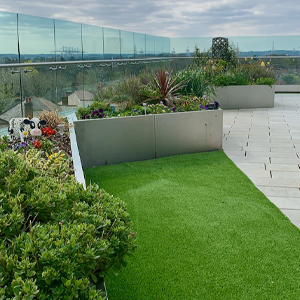
See it in action: The Ronald McDonald House in Louisville, Kentucky completed an expansion by repurposing the adjacent existing facility--a historical medical school, built in 1893--adding needed capacity while conserving the materials and energy of the existing historical structure, significantly reducing the impact of the expansion.
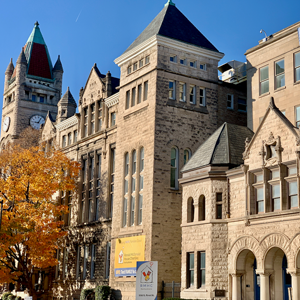
“I’m proud of the work being done to ensure our RMHC programs are designed thoughtfully,” says Rodney Jordan, RMHC Global Chief Operations Officer. “As a global organization, it’s incredibly important to ensure our programs are sustainable, so we can continue to provide essential services to strengthen families when children need healthcare.”
In committing to sustainability, RMHC can better steward donor gifts, deepen the impact of our programs, help protect and preserve the environment, and support healthy communities around the globe – all of which help our organization deliver on our mission.
More from RMHC, our families and supporters






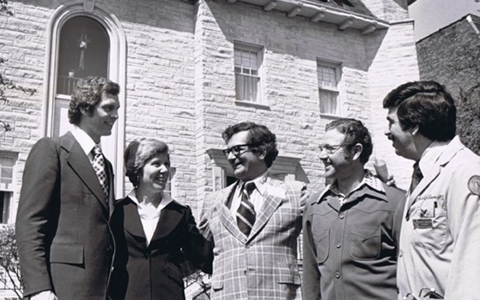

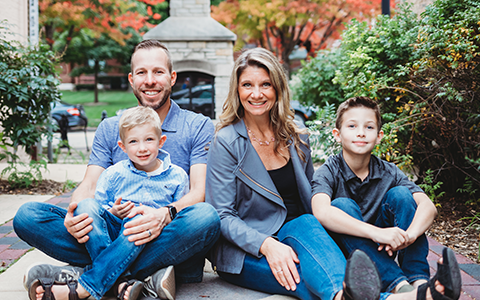

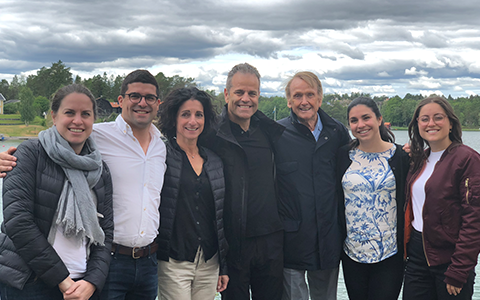


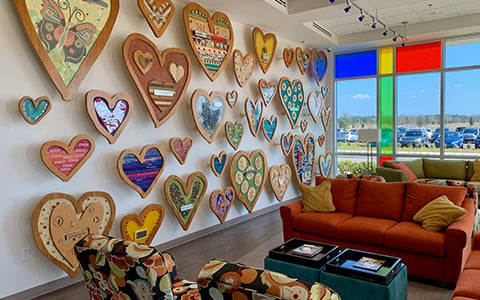










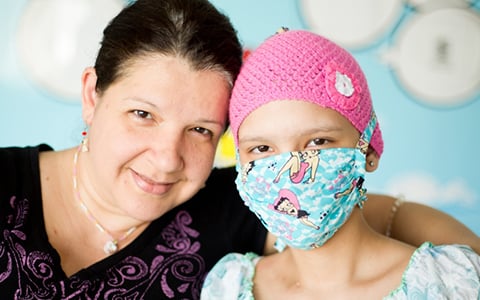





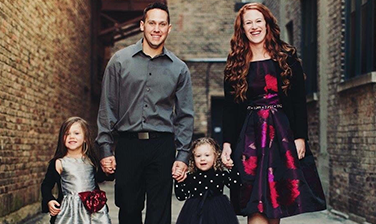


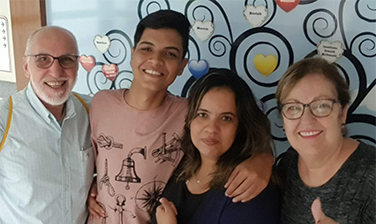

 DONATE
DONATE
